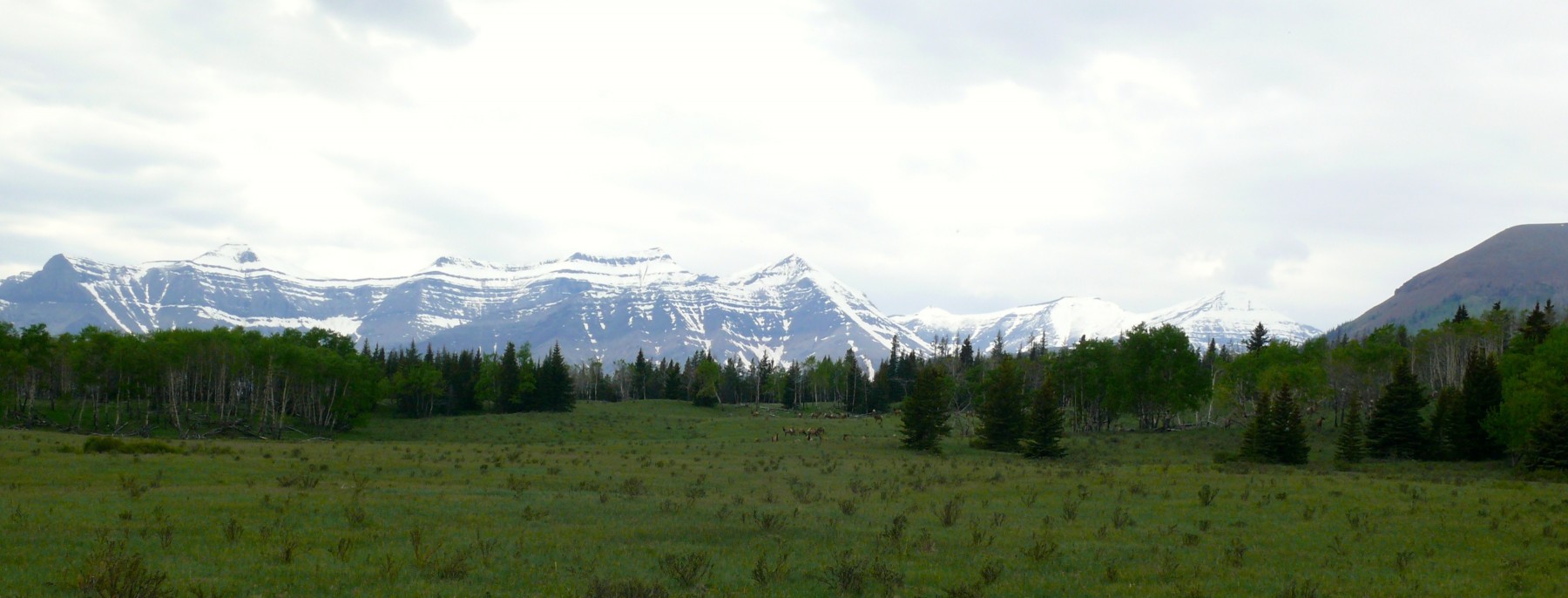Boyce lab MSc student Tawnee Dupuis and Dr. Mark Boyce recently attended and presented talks at the International Bear Association conference held in Edmonton in September 2025. Mark was a keynote speaker at the conference, presenting a talk titled ” Ecology, hunting and politics”.
Tawnee presented on her research on “Black bear habitat use and movement in response to wind energy”. Her research involves studying the movement behaviour of Black bears in response to the construction of a wind farrm in Southern Vermont. This work was funded in part by a grant from the Vermont Fish and Wildlife Department and was done in collaboration with them.
Tawnee’s presentation was very well received and she walked away with the best student presentation award at the end of the conference! Congratulations Tawnee! Please see below for the abstract for her talk.
Abstract:
Tawnee Dupuis1, Jaclyn Comeau2, Katherina Gieder2, Mark S. Boyce1
1 University of Alberta
2 Vermont Fish and Wildlife Department
The American black bear (Ursus americanus) is the most widely distributed bear species in
North America. Historically, black bears occupied the majority of forested areas on the
continent. However, with the growth of the human footprint, the quality and quantity of
forested habitats available to bears has declined substantially. To prevent human-bear conflicts
while maintaining a sustainable black bear population, preserving high-quality habitats is
essential. An emerging threat to habitat quality is wind power development. While the impacts
of wind energy projects on bats, migratory birds, and raptors are well-documented, there is
little research on the potential effects that these developments have on terrestrial mammals,
such as bears.
The objective of this project is to quantify changes in black bear habitat use in response to the
construction and operation of a wind energy facility. Between 2011 and 2020, 40 black bears
were collared and equipped with GPS transmitters in southwestern Vermont, USA, where the
first industrial-sized wind project within a National Forest was built in 2017. This construction
footprint overlapped with areas of previously intact black bear habitat. Geospatial satellite-
derived data from collared bears was collected during all three phases of the wind project
development: before construction, during construction, and during subsequent operation. We
compared used bear locations between the different construction phases using a mixed effect
latent selection difference function. Additionally, step selection functions to describe
movement and habitat selection during the different construction phases. This project aims to
quantify the magnitude and extent to which habitat use is impacted by wind development.
These findings will direct future wind energy development plans to mitigate impacts on black
bears and other terrestrial mammals.
Additionally, earlier this summer, Tawnee also presented a poster at the Western Black Bear conference held in Jackson, Wyoming. Please see below to view her poster from that conference.
TDUPUIS_POSTER_WBB_FINAL-2 (2)-compressed
